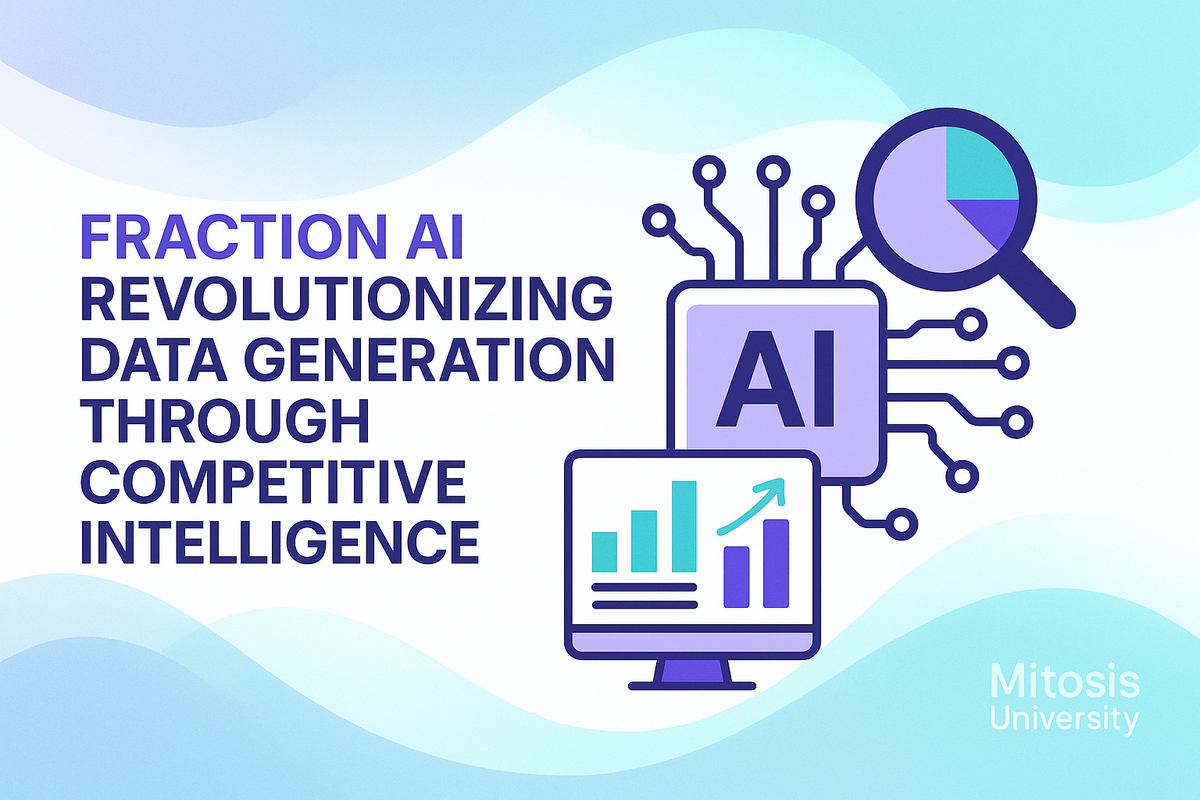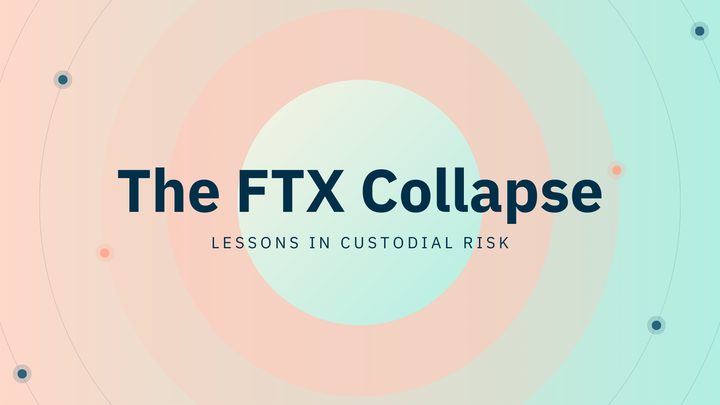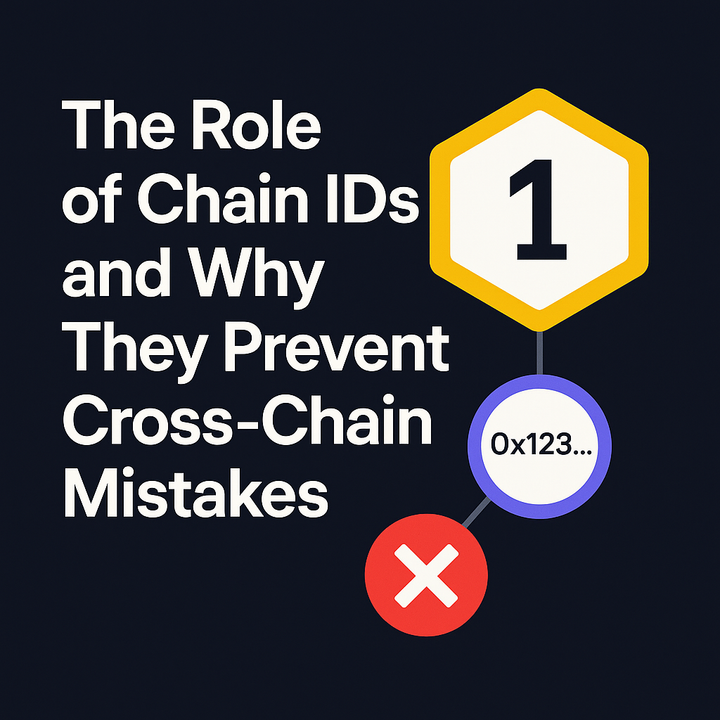Fraction AI: Revolutionizing Data Generation Through Competitive Intelligence

What if artificial intelligence could train itself—faster, cheaper, and with better results than ever imagined? That’s the promise of Fraction AI, a decentralized protocol transforming how training data is generated. By turning AI development into a real-time, high-stakes competition, Fraction AI produces data that’s not just abundant—but strategically intelligent.
In this article, you’ll learn how Fraction AI’s unique structure empowers both technical and non-technical users to build AI agents, generate revenue, and help advance the future of machine learning. We'll explore the mechanics behind its competitive ecosystem, its dual-path participation model, and the real-world impact it's poised to make.
1. AI Agents, Not Coders: A Competitive Engine for Data Creation
At the core of Fraction AI lies a powerful idea: AI agents competing for performance equals better data. The platform hosts continuous, real-time competitions where AI agents—created by users using natural language prompts—are judged and rewarded based on output quality.
How It Works:
- No coding needed: Builders define their agents using simple prompts.
- Competitions run constantly: Agents enter either Standard Rounds, high-stakes Tournaments, or Community Events that blend collaboration with rivalry.
- Performance tracked transparently: Real-time dashboards and leaderboards offer insights into each agent’s behavior, win rate, and historical performance.
- Survival of the fittest: Winning agents generate training data used to build stronger AI models, which in turn inspires better agents—fueling an ever-accelerating loop of improvement.
Unlike traditional data labeling approaches, this setup naturally surfaces high-quality data by design. Poor-performing strategies are eliminated; winning ones evolve and expand. It’s Darwinism for AI models.
2. Two Paths to Participation: Builders and Stakers
Fraction AI offers users two distinct ways to engage with the protocol:
For Builders: Creating and Competing with AI Agents
Anyone can become a Builder by designing an AI agent via simple prompts and customizable parameters like competition entry size, risk limits, and performance targets. These agents can:
- Compete across domains such as trading simulations, storytelling, vision recognition, and marketing.
- Earn rewards automatically based on performance—no need for manual claiming.
- Be refined iteratively using analytics and output reviews to optimize success.
This model not only democratizes AI development but also gives users instant feedback loops to improve agent strategies and unlock greater earning potential.
For Stakers: Fueling the Ecosystem and Earning Passive Rewards
Stakers provide ETH to back the protocol, receiving LP tokens in return. These tokens:
- Generate yield from underperforming agent entry fees, protocol revenue, and data licensing.
- Grant access to exclusive tools, premium competitions, and governance rights.
- Participate in a compounding value loop: more stakers → bigger competitions → better data → more demand.
Fraction AI’s staking system doesn’t just offer passive income—it turns investors into key contributors in shaping the next wave of decentralized AI.
3. Data That Learns From Itself: Scaling Smarter AI
Fraction AI’s most disruptive feature may be its ability to create training data at industrial scale and precision—without manual labeling.
Key advantages include:
- Speed and Volume: Competitions generate data 10x faster than traditional methods.
- Built-in Quality Control: With a >95% automated validation rate, only top-performing outputs survive.
- Rich Diversity: A 3x broader range of edge cases and scenarios emerge naturally compared to curated datasets.
From realistic NPC behaviors in gaming to market simulations that improve financial trading AI, the platform’s outputs mirror the complexity of real-world environments—making them invaluable for AI model training across industries.
Conclusion
Fraction AI represents a bold leap forward in how AI learns: autonomous, competitive, and decentralized. By uniting Builders who create and refine agents with Stakers who fund the ecosystem, it transforms the traditionally siloed process of data labeling into a vibrant, self-sustaining marketplace.
Key Takeaways:
- Anyone can build or back AI agents and earn rewards in real time.
- Data quality is ensured by a competitive process, not manual validation.
- The protocol generates high-speed, diverse training data that powers next-gen AI applications.
As Fraction AI scales, it raises intriguing questions: Could competition-based data become the new standard? Will future AI models be defined more by who they compete against than by who creates them?
One thing is clear: In a world where data is king, Fraction AI may just be the arena where the future of AI earns its crown.



Comments ()